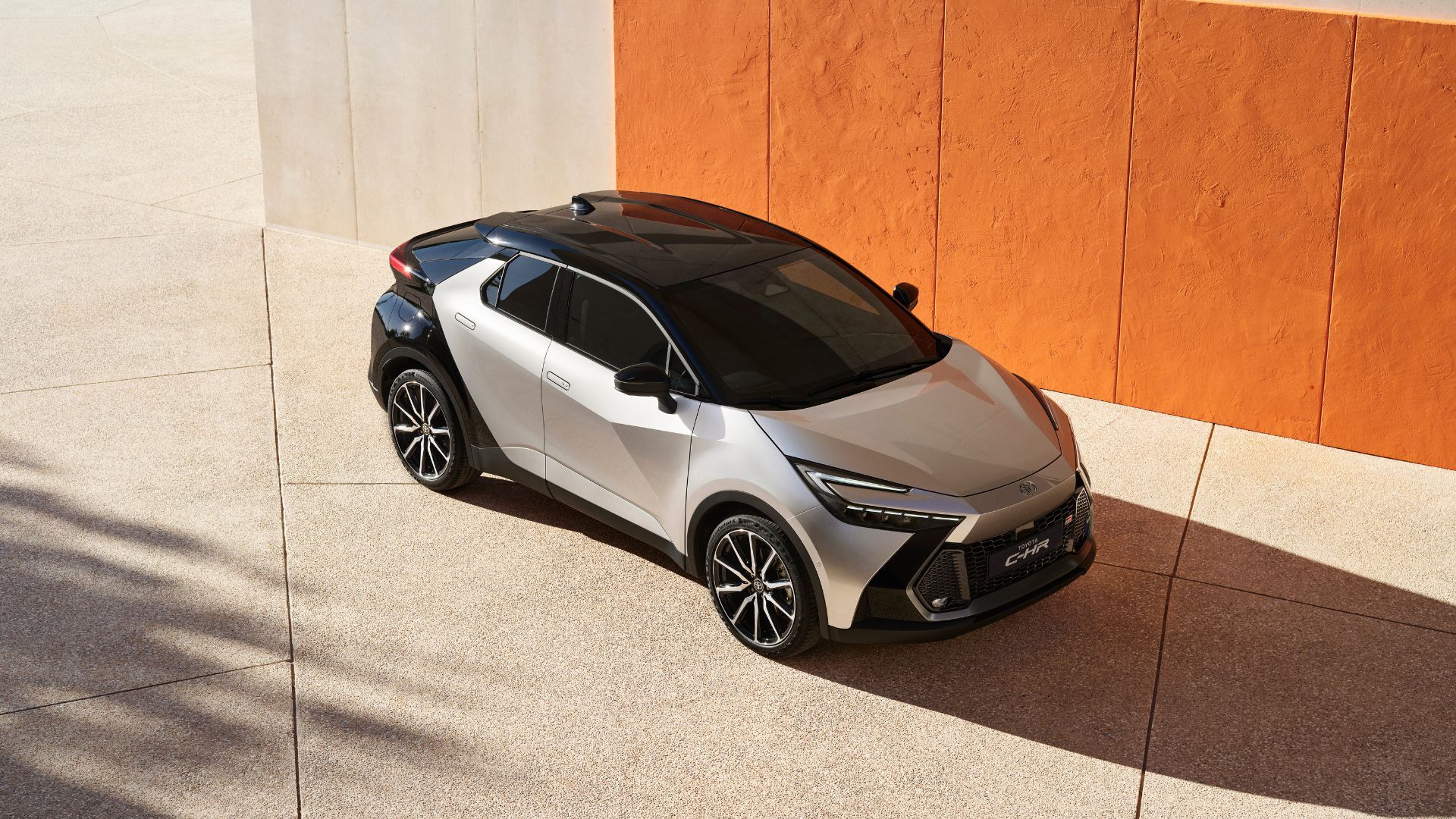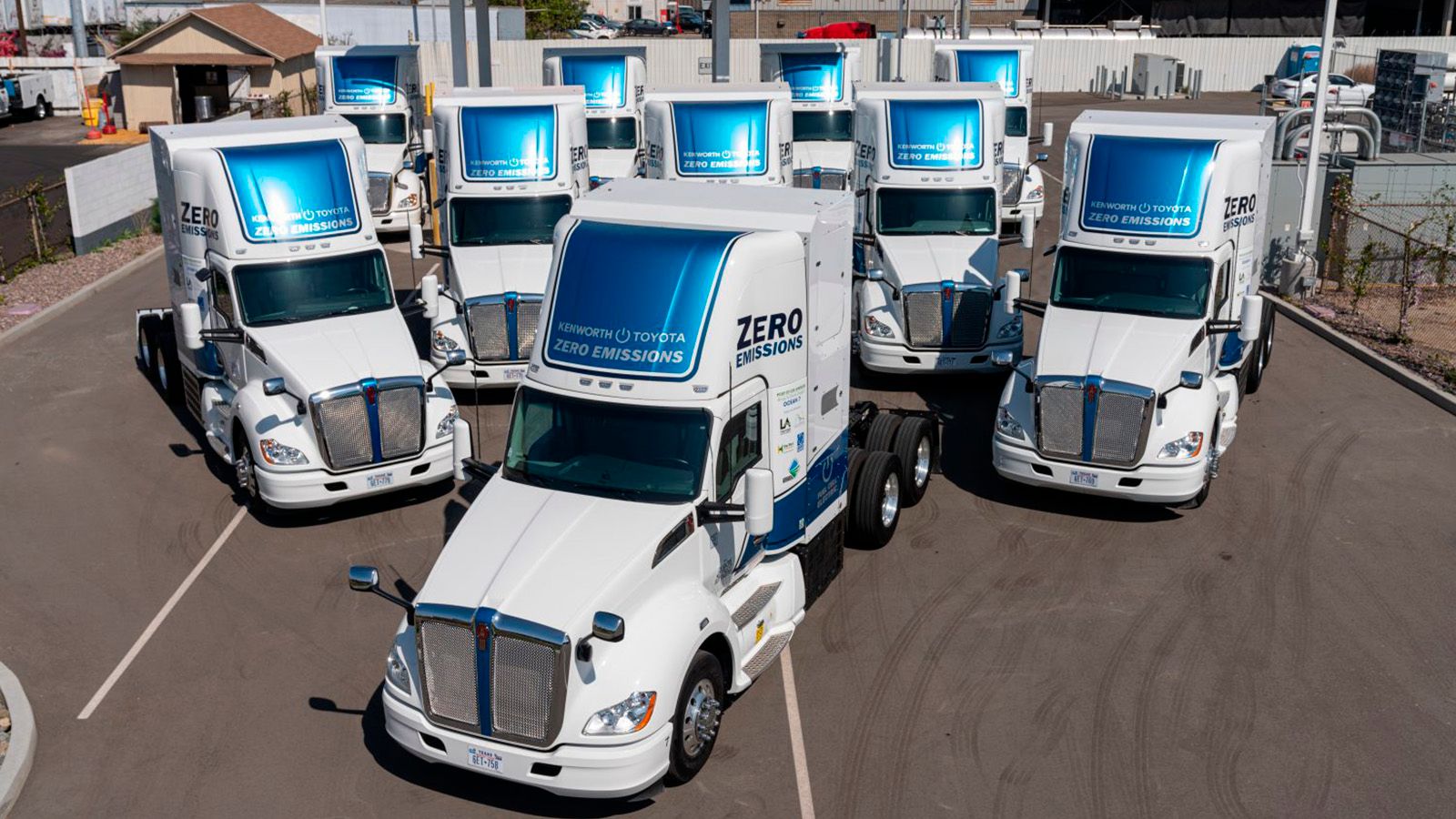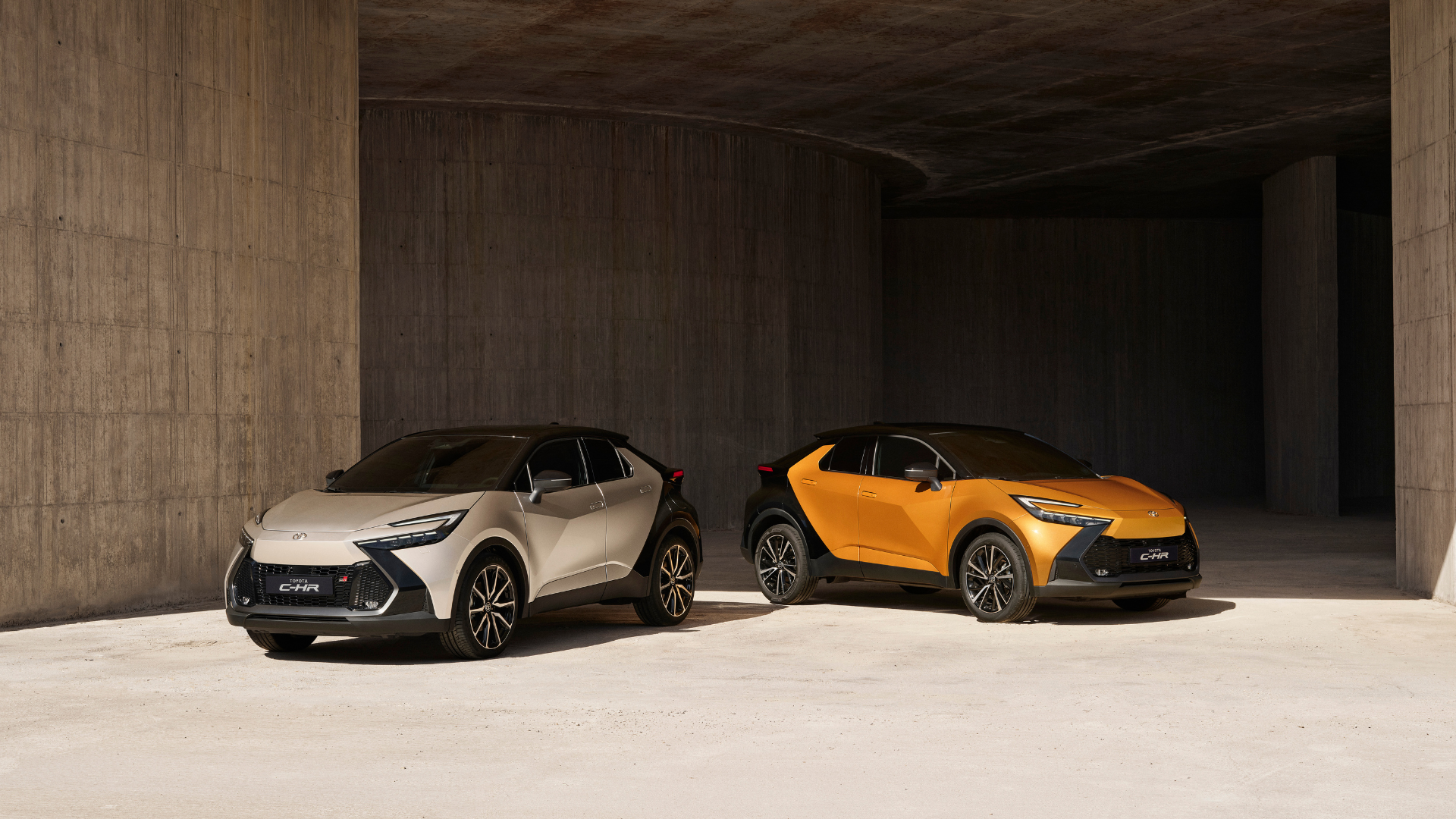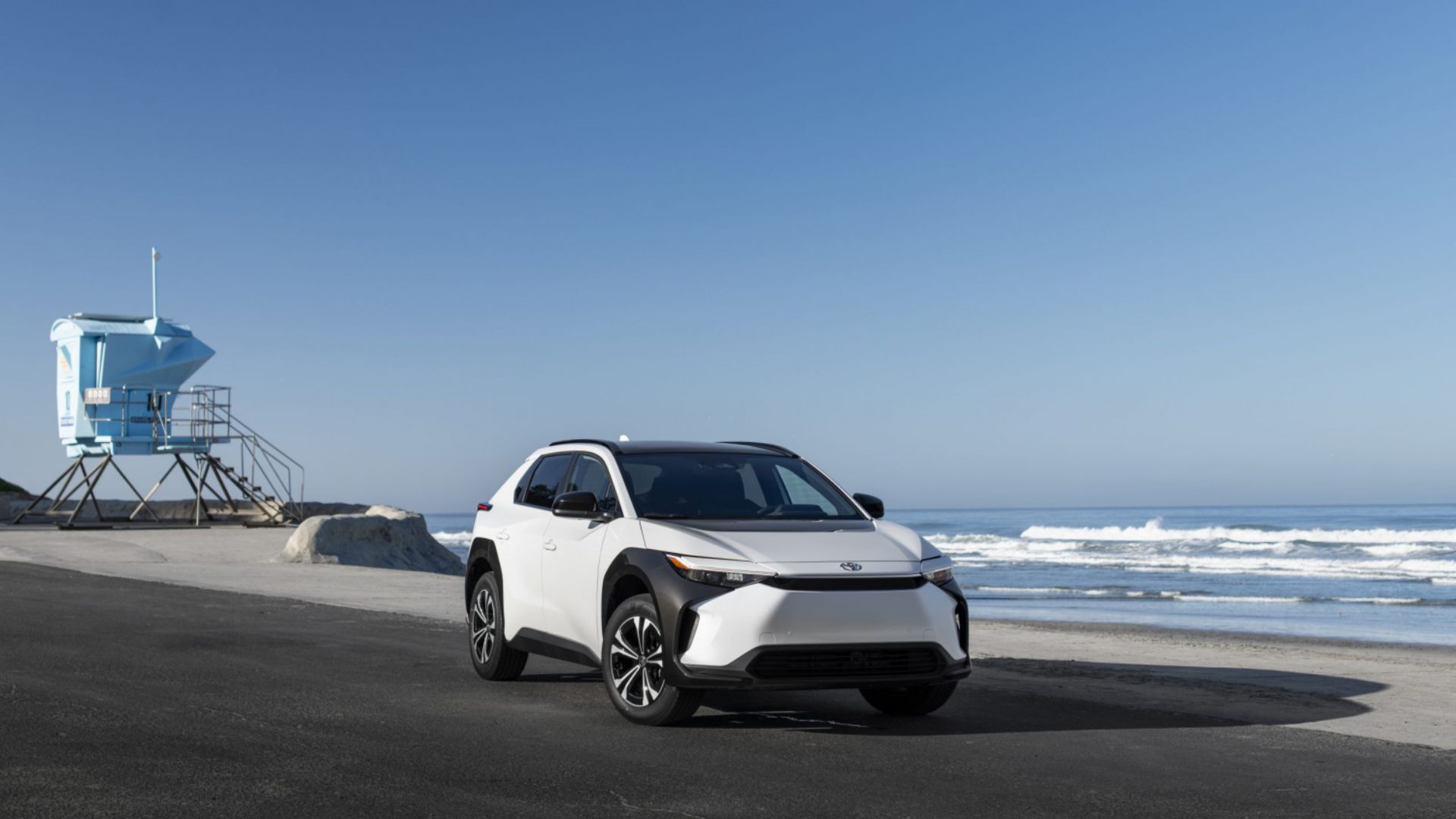Summary
- Toyota has developed a solid-state battery for electric cars that can produce up to 745 miles of driving range and charge in only 10 minutes.
- Solid-state batteries are lightweight compared to other battery types, which will remove structural restrictions from EV design and improve power-to-weight ratio.
- The extended driving range of electric cars will put them on an even footing with internal combustion engine vehicles and allow for long journeys without frequent recharging. Different driving ranges may become trim options for EVs in the future.
The hottest research in electric cars isn’t in the motors; it’s the batteries that power them. Companies are trying to make batteries lighter, longer-lasting, and capable of holding more electricity. Unfortunately, a car is one of the worst places one can put a battery. It gets subjected to the worst of the summer heat, the iciest of winter cold, the most oppressive humidity, and of course all the rattles and jolts of being rolled over pavement and off of curbs. While the motors in future electric cars will undoubtedly be so refined that the ones of today will seem charmingly primitive, the battery is currently the biggest sticking point.
With that in mind, Toyota has announced that it has produced a battery that can produce up to 745 miles of driving range and charge in only 10 minutes. This will bring the development of EVs into a completely new territory: long-haul vehicles.
Car-Worthy Solid State Batteries Are An Innovation
While Toyota’s 745-mile claim is extraordinary, the truly impressive part is that the company has produced a solid-state battery that can withstand being used in an electric car. (A solid-state battery stores its energy in a solid electrolyte instead of a liquid or paste-like one). Solid-state batteries have hitherto been almost perfectly designed to never work in electric cars. They don’t withstand being repeatedly drained and recharged. They weaken whenever the temperature gets too hot or too cold.
It must also be noted that solid-state batteries are expensive to make, and would make a tougher sell if not for their advantages. Just as it’s easy to sell a gasoline-powered car with higher horsepower (because customers always agree that bigger numbers make better cars) but harder to emphasize the high-quality fuel tank, EV dealers will almost certainly find it easier to emphasize the motor strength than to attempt to wow customers with, “The car has a really good battery!”
Solid-state State Batteries Can Make Cars Lighter
One might point out that if the energy capacity is the same, solid-state batteries are lightweight compared to other battery types- and that certainly is true. Indeed, the disproportionally heavyweight of EVs has been a popular cause for complaint. However, many of the people who suddenly are appalled at EVs’ high curb weights never cared about such trivialities until they started desperately searching for a reason to grouse about these newfangled electric cars (which they see as a threat to their dearly beloved V-8s and diesels). It’s quite remarkable how EVs have caused the people who brag about the gross tonnage of their lifted extended-cab trucks to suddenly care about heavy vehicles damaging the pavement.
However, reducing a vehicle’s battery weight does have actual advantages aside from (briefly) quieting the angry commentariat. Lightening the batteries will remove structural restrictions from EV design. To put it simply, vehicular architects will no longer need to design vehicles around batteries that often weigh more than engines. Reduced battery weight will also simply the increasingly-popular electrification of classic cars. No more will owners need to worry about possibly having the frame reinforced to bear up the battery. And of course, vehicles will get more efficient as they have less weight to drag down the power-to-weight ratio. While “true enthusiasts” often deride caring about a vehicle’s efficiency, most drivers will appreciate the effects when adding up the cost of keeping the car charged.
Electric Cars Can Finally Make Long Journeys
The long driving range will put EVs on an even footing with ICE vehicles. This is particularly relevant for Toyota, which has been trying to get in on commercial electric trucks. So far, the company has focused on hydrogen-powered trucks (or at least, that is what it’s been willing to make press announcements about.) However, it requires only the smallest amount of conjecture to imagine that Toyota’s long-distance EV batteries may be slated for commercial trucks instead of domestic vehicles.
But in domestic vehicles, it’s easy to see why customers will be interested in a car that doesn’t need to be recharged every single night. Even those who only do short commutes (and therefore never come close to exhausting an EV’s charge) will be glad that some nights they can simply park the car and forget about plugging it in. And of course, with an extended-range battery, no one making long drives will have to endure the inconvenience of stopping every few hours and waiting for the car to charge.
The increased driving range will also have the small but entertaining advantage of driving a small but passionate group of gasoline enthusiasts to at least a modicum of creativity as one of their biggest excuses to stand by the gas pump gets taken away. It’s quite charming how legions of people who never undertake a drive longer than a commute have suddenly expressed alarm about how EVs, with their paltry 250-mile-ish driving ranges, will destroy the freedom of the great road trip or the quintessential family vacation. While a vehicle with actual long-distance capability may not win these people over, they will be forced to endure the inconvenience of finding another point of grievance.
Driving Ranges May Become Trim Options
The introduction of a long-range solid-state battery that can withstand the outdoor life of a car (and Toyota isn’t the only company working on one) may bring a previously unconsidered change in EVs. Companies may start selling different driving ranges the way they sell different trim levels today. It’s not hard to imagine a company seeing the profit that might come from offering extra miles between recharges. Previously, the only way to add an extra-range upsell on cars was by expanding the fuel tank. Among domestic passenger cars, this was relatively rare. Lincoln offered it on its flagship luxury freighters in the days when fuel economy was measured in gallons per mile instead of miles per gallon, but the automotive industry seemed to decide that fuel-tank-as-a-trim-option was not worth the bother.
Indeed, a “commuter range” battery that must be recharged every night could become the EV equivalent of a manual transmission before automatics near-completely superseded them: the budget option for those who need to cut back on car costs and therefore are willing to endure a little inconvenience. (It may be hard to imagine in an automotive era when finds manual transmissions are an exclusive option for enthusiast-approved sports coupes, but until relatively recently they were the bottom-end transmission option on everything from miserable econo-boxes to minivans.)
EVs Will No Longer Be Restricted By Distance
It is nothing short of stunning how quickly EVs have become normal. The first Tesla was sold in 2008- not even 20 years ago. While electric cars remain a small portion of the total cars on the road, few people find them “too strange to trust” anymore. However, because they tend to have ranges of somewhere between 250 and 300 miles, they retain a light stigma as being lightweight vehicles for those who never leave the city. However, 745 miles is a longer range than most cars can get on a single tank of fuel. The EV will soon be ready to truly go anywhere.
Source
https://www.topspeed.com/toyota-745-mile-solid-state-battery-benchmark/








